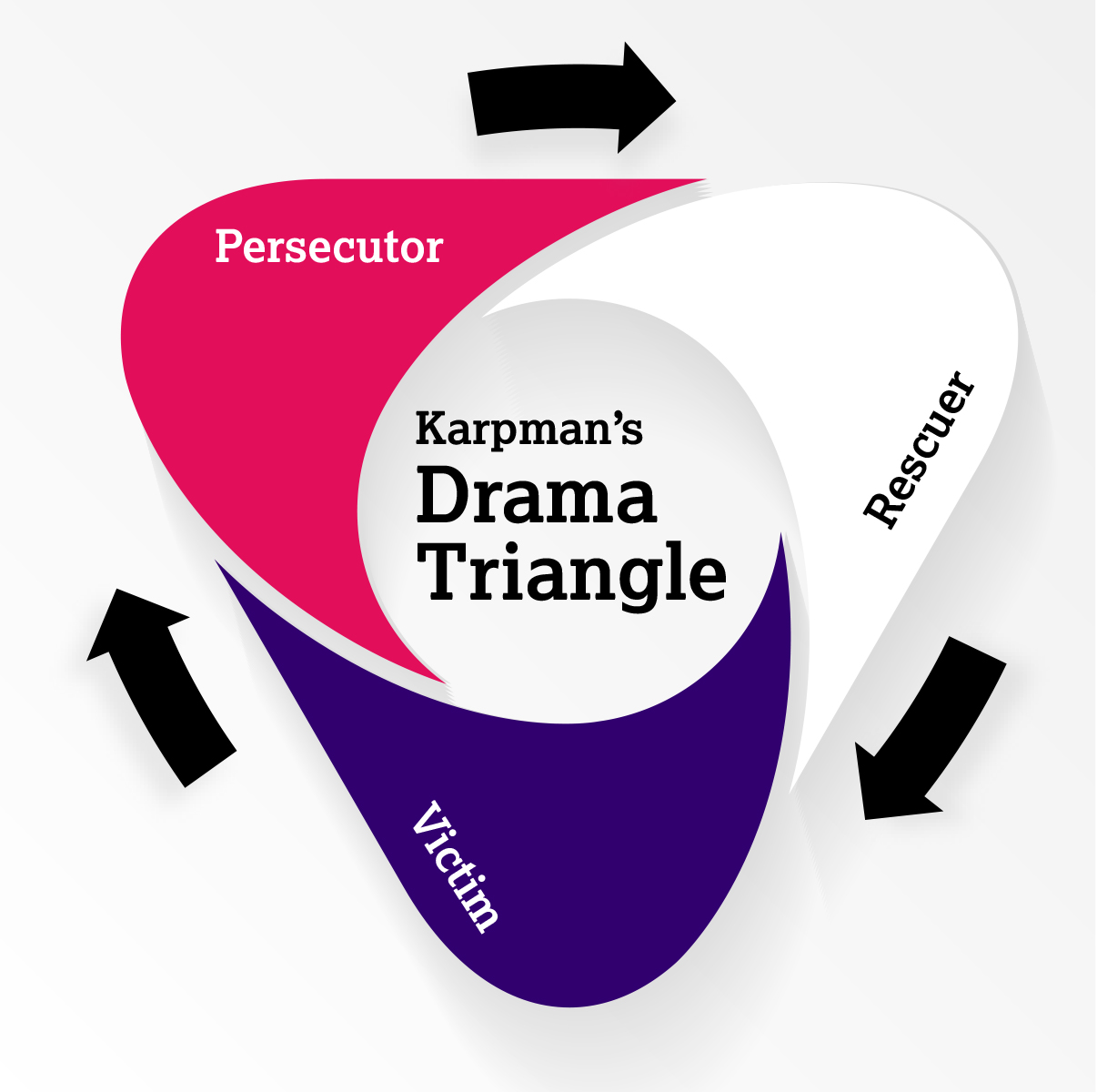After assessing the best way to deliver a project, you may decide that it will work best if there is no funding attached to it. But in many situations, you may find that you need money in order to move from the Observe to Respond phase of the Social Response Cycle.
We all have different relationships with money. If we're anxious about finance, we can find excuses for not dealing with it. On a personal level, it remains a personal issue and we choose how we want to engage with our anxieties. But in the context of activities which promote social justice, we have a responsibility to manage our anxieties.
Put simply, money gives you and your project power. If you shy away from the issue of money, you might be doing your project a disservice. It's beyond the scope of this resource to give funding advice (there are references to organisations that might help you with this, in the Resources section), however, in Beverley's experience there has been money available and it's better to regard funding sources as friends rather than foes.
In this section we'll consider how to address anxieties about money, and how to apply the Social Response Cycle, using practice-derived evidence, to access funding.
Personal attitudes to money
We'll do a similar exercise to the exercise on power and authority, included in Section one on personal attributes and characteristics. It can be a good idea to consider our emotional reactions. This time the question is – what's your relationship with money
If you're clear that you don't want to access any form of funding, then you may want to ignore this exercise. However, although the following sections are also about funding, they include useful tips for planning projects which you can apply even if you're not looking for financial input.
Consider your emotional reaction
Notice your immediate emotional reactions to these statements.
Pause the video if you’d like to write your response down, or absorb and reflect as the video plays.
Consider the link to the Drama Triangle
Now look at your reactions to each of these statements and compare how your reactions may map on to the Drama Triangle.
- can you think of three examples of times when your reaction to money issues ended up with you occupying each of the positions on the Drama Triangle of Rescuer, Victim, Persecutor?
- is there anything you can do to enable you to notice and identify your reactions more quickly, so that you can slow down your decision-making processes and make decisions which integrate both your thoughts and feelings about finances?

Funding social action enterprises
Now we'll consider an example of the process of applying the Social Response Cycle to access funding.
Download transcript for Funding social action enterprises (Word file)
Risk of failure
Watch the Observe phase in action
Let’s think about how this could be applied to a different, imaginary situation. In the following exercise we'll also consider how to manage risk of failure with small trial projects.
Watch the Observe phase in action and then consider these questions:
- can you make a plan and steps for how you would move into the response and evaluation phases of the Social Response Cycle?
- how would you cost this project?
- what do you think are some considerations for locating this activity within an ethically grounded therapeutic frame?
- can you show how you would apply therapeutic rigour – a therapeutically framed compassionate approach - to the social action you propose?
- what are the risks involved in running a trial project like this, which is based purely on observation?
What the next step could look like
Here Beverley describes how the suggestion could have progressed into action. You may like to compare it with your plan.
Download the transcript for What the next step could look like (Word file)
Review
Can you think of a project you can use the Social Response Cycle to help you deliver?
You may want to map your own ideas onto the Social Response Cycle.
- is there something you’ve observed that “won’t give you peace”?
- how could you respond?
- what’s the biggest barrier to you taking the response into action?
- does this response require financial input? How do you feel about that?
- what can you do to overcome the barrier? What’s the first step?
- how big is the potential risk of failure and how are you managing this?
- do you want to do this on your own? What are your strengths? What are your weaknesses? Can you find other people whose strengths are your weaknesses?
- what would it be like working with them? What would it be like sharing power?
- what’s the most salient thing that you have learned from doing this exercise? (Try to be as specific and concrete as possible in your answer).
Summary
In this section you've had the opportunity to assess the way in which personal anxieties about financial issues can impact on therapeutically framed social action projects. You’ve considered different ways of obtaining evidence of need and delivering effective services - practice-derived evidence and evidence-based practice. You’ve undertaken a practical exercise for applying the Social Response Cycle to a social action idea in order to manage risk and prepare to launch your idea into action.
In the next section we'll look at the ethical considerations you should think about.
